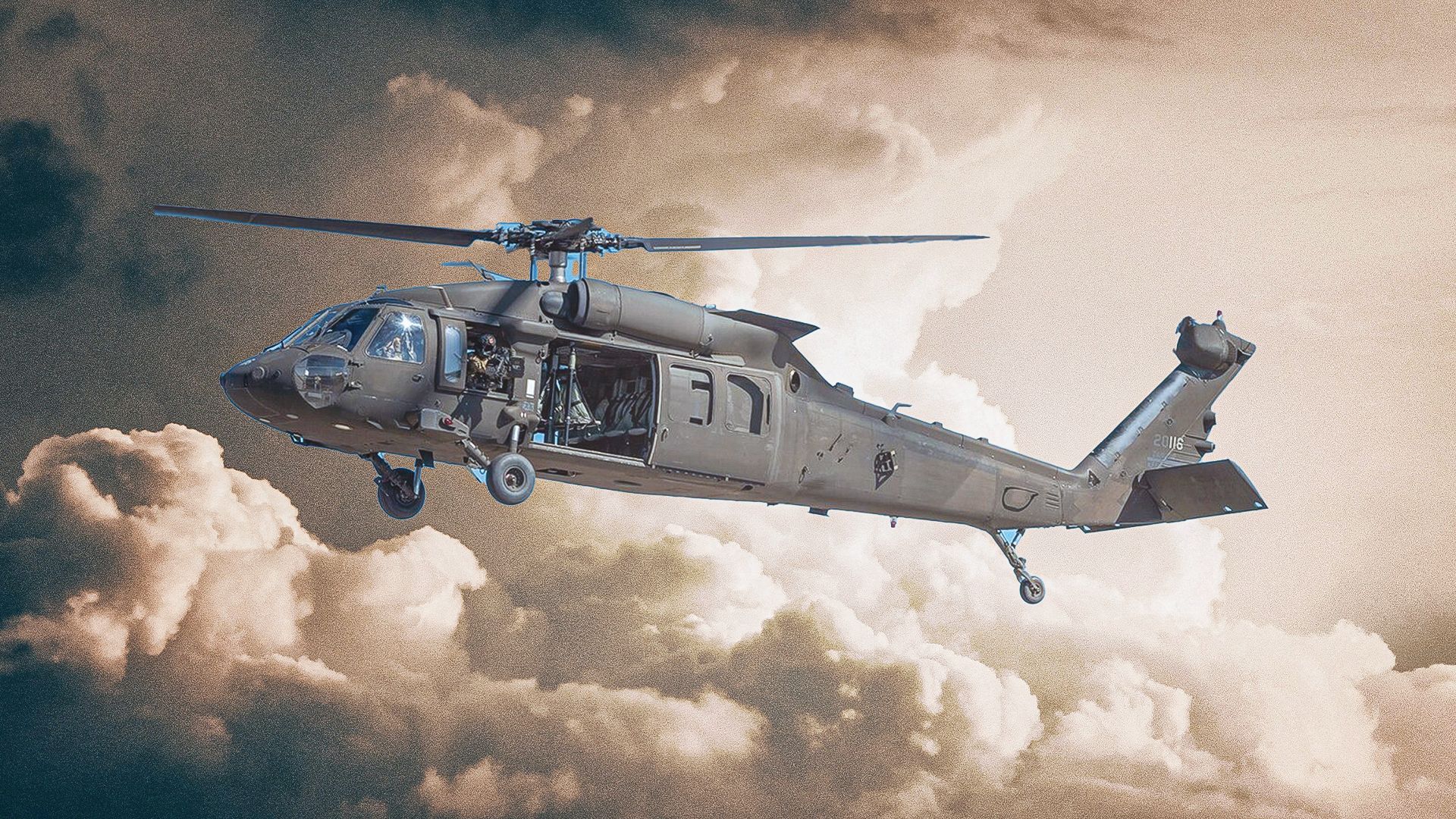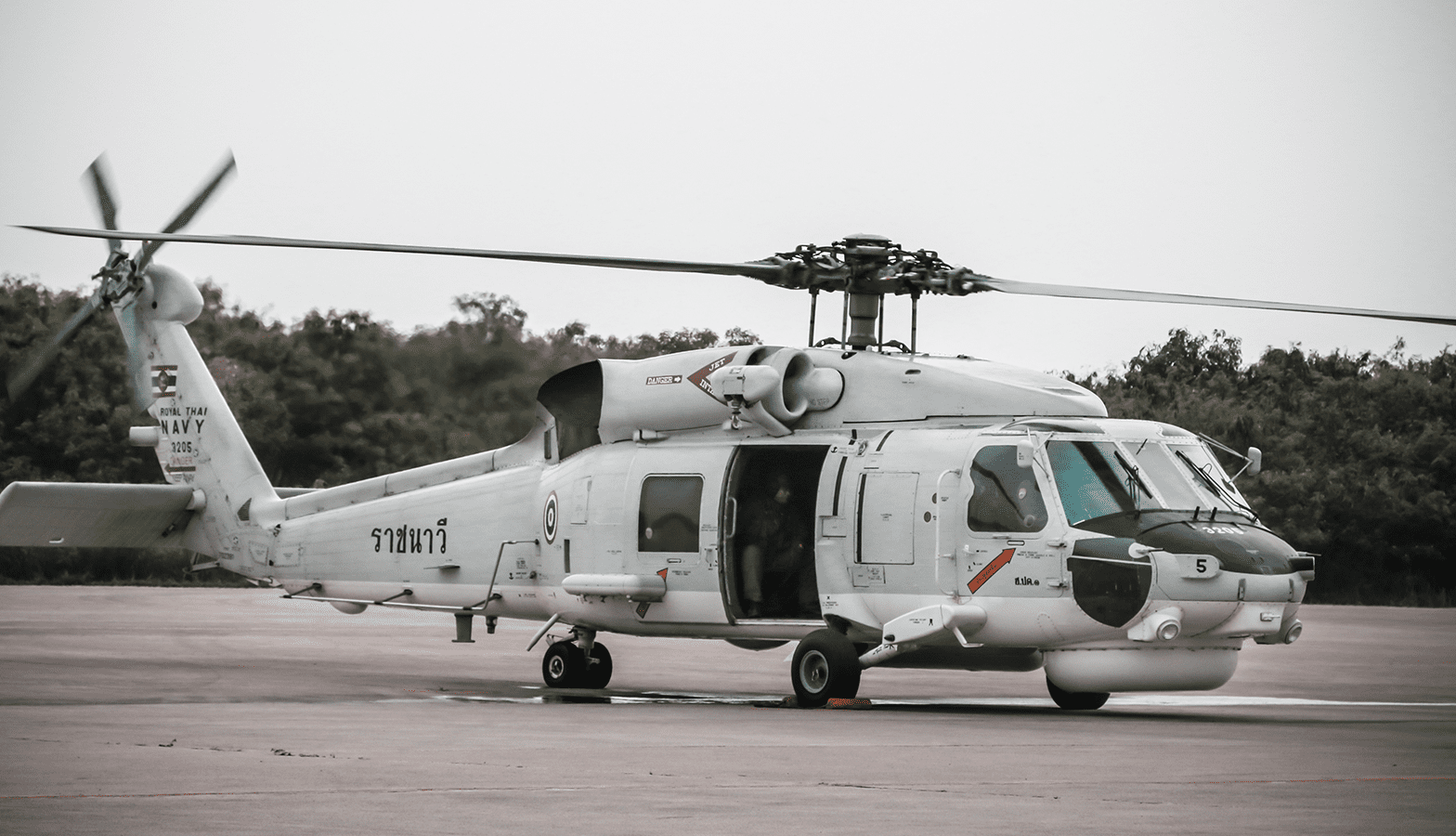Why the UH 60 Helicopter is Critical for Modern Military Operations
Everything You Need to Understand About the UH 60 Helicopter
The UH-60 helicopter, a cornerstone of U.S. Military air travel since its launching in 1979, stands for an amazing blend of engineering and operational convenience. As military needs evolve, so too does the helicopter, with recurring developments aimed at enhancing its abilities and incorporating modern technologies.
Background of the UH-60
Developed in the late 1970s, the UH-60 Black Hawk helicopter became a feedback to the united state Military's need for a functional energy helicopter that can perform a selection of missions under tough conditions. The inspiration for its style was the drawbacks identified in the earlier helicopters used during the Vietnam Battle, particularly in terms of ability to move, rate, and survivability.
The Black Hawk was created by Sikorsky Airplane, integrating advanced modern technologies and products to boost its performance and resilience. It was officially presented into solution in 1979, swiftly ending up being a vital asset for armed forces procedures - uh 60. Its capability to carry soldiers, medical discharge, and logistical assistance in both combat and altruistic missions made the Black Hawk an important component of the U.S. Army's air travel fleet
Throughout the decades, the UH-60 has actually been continually upgraded, adapting to the changing nature of warfare and the evolving needs of modern armed forces procedures. Its operational background includes participation in significant disputes, peacekeeping objectives, and disaster relief initiatives, solidifying its credibility as a efficient and trusted helicopter in different settings worldwide.

Style and Requirements
The style of the UH-60 Black Hawk helicopter regularly reflects a commitment to operational efficiency and convenience. Established by Sikorsky Aircraft, this medium-lift energy helicopter features a streamlined, wind resistant fuselage that boosts rate and ability to move. Its tandem blades system, identified by two counter-rotating blades, reduces resonance and boosts lift capacity, enabling for much safer procedures in varied environments.
The UH-60 is powered by two T700-GE-701C turboshaft engines, supplying an optimum rate of around 180 knots and a variety of around 400 maritime miles. Its durable airframe is constructed from advanced composite products, guaranteeing sturdiness while keeping a relatively low weight. The helicopter has a maximum gross weight of concerning 22,000 extra pounds, supporting a versatile payload setup.

Objectives and roles
A flexible system, the UH-60 Black Hawk helicopter offers a multitude of roles and objectives within military operations. Made largely for army transport, it can lugging as much as 11 soldiers, making it a vital asset for quick release and logistical support.
In enhancement to troop transportation, the UH-60 excels in medical go to website emptying (MEDEVAC) goals, furnished with advanced medical devices to offer critical care throughout transit. Its capacity to operate in diverse atmospheres enhances its efficiency in battle search and rescue (CSAR) procedures, where swift removal of personnel is crucial.
The helicopter additionally plays a considerable duty in reconnaissance and security goals, utilizing onboard sensing units and equipment to debrief. Moreover, its flexibility encompasses logistical support, efficient in delivering products and equipment to forward operating bases - uh 60.
In combat operations, the UH-60 can be equipped with numerous weapon systems, allowing it to supply close air assistance. Its multi-role capacity makes the Black Hawk an essential tool for contemporary military pressures, adapting seamlessly to the evolving needs of field of battle circumstances and guaranteeing objective success across a variety of operational contexts.
Performance and Capacities
Understood for its robust efficiency, the UH-60 Black Hawk helicopter boasts remarkable abilities that improve its functional performance throughout numerous goals. uh 60. This multi-role aircraft is equipped with effective twin-engine Turbomeca Arriel 1D1 engines, supplying extraordinary speed and maneuverability, with an optimum cruise ship rate of around 150 knots and an operational variety of around 400 nautical miles
The Black Hawk's innovative avionics and fly-by-wire control systems substantially boost flight security and handling, permitting it to run in diverse atmospheres, including unfavorable weather. Its adaptability is further exhibited by its capacity to lug as much as 11 fully furnished soldiers or a payload of about 8,000 pounds, making it optimal for army transportation, medical discharge, and logistical support missions.
In Addition, the UH-60 is developed for survivability, featuring strengthened airframes, ballistic security for crew and guests, and progressed countermeasure systems to evade dangers. The helicopter's agility and rate, combined with its capacity for quick deployment, make it an important property in contemporary army procedures, ensuring that it remains a crucial element of tactical air assistance and battleground mobility.
Future Developments

One substantial emphasis is the assimilation of click here to read advanced avionics systems, which will certainly boost situational awareness through improved navigation and communication abilities. This includes the prospective usage of artificial intelligence to aid pilots in decision-making and mission preparation.
Furthermore, future versions may include advanced products and design functions to reinforce the helicopter's longevity and decrease its radar trademark, improving survivability in disputed settings.
The intro of hybrid-electric propulsion systems is additionally on the perspective, intending to boost fuel efficiency and reduce logistical burdens. Such innovations might more helpful hints prolong functional variety and lower the helicopter's ecological footprint.

Conclusion
The UH-60 helicopter stands for a significant improvement in military aviation since its intro in 1979. The UH-60's enduring visibility highlights its important role in modern military procedures and highlights the continuous evolution of military aeronautics modern technology.
The UH-60 helicopter, a cornerstone of U.S. Army aeronautics considering that its debut in 1979, stands for an exceptional mix of design and functional versatility. As army demands advance, so also does the helicopter, with recurring improvements aimed at enhancing its abilities and incorporating modern-day innovations.The layout of the UH-60 Black Hawk helicopter regularly shows a commitment to functional effectiveness and adaptability. Developed by Sikorsky Aircraft, this medium-lift utility helicopter features a streamlined, aerodynamic body that boosts speed and maneuverability.The UH-60 helicopter stands for a significant development in army aviation given that its introduction in 1979.